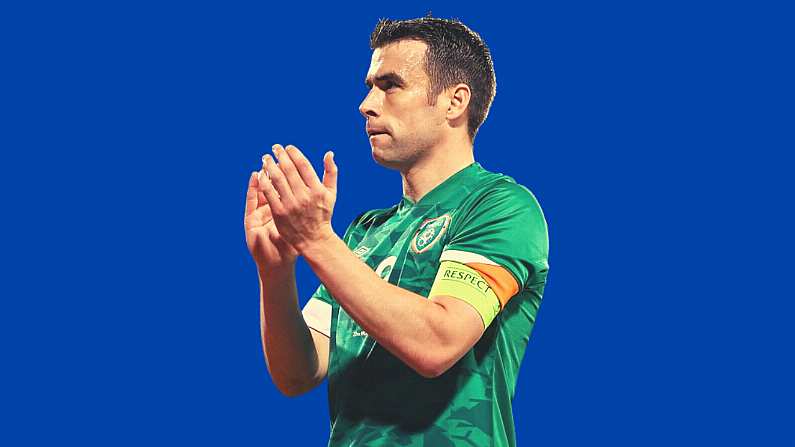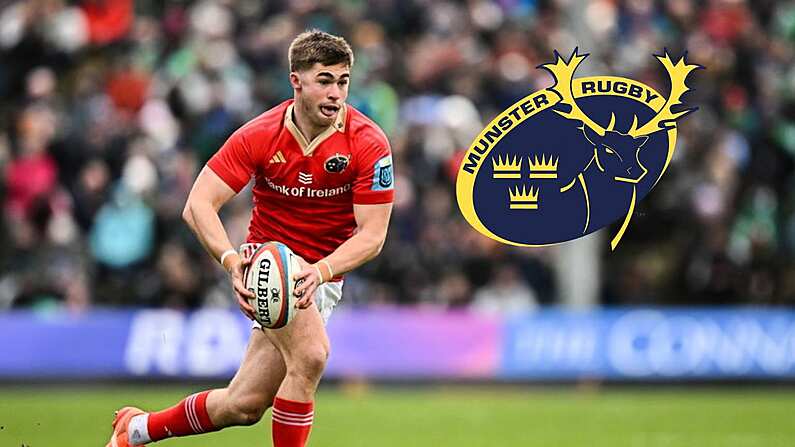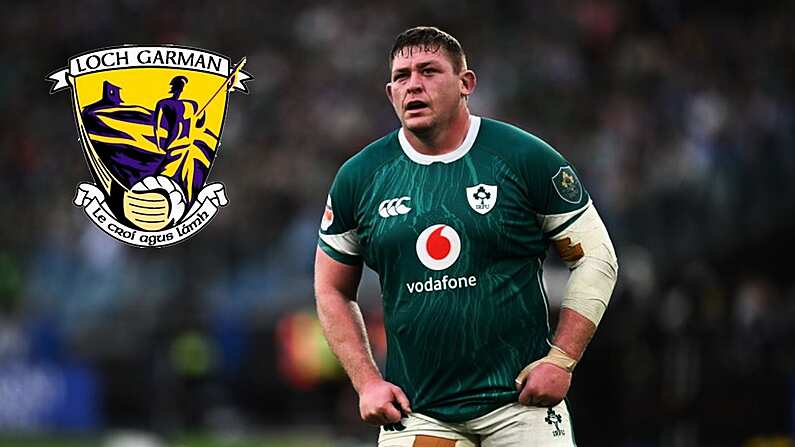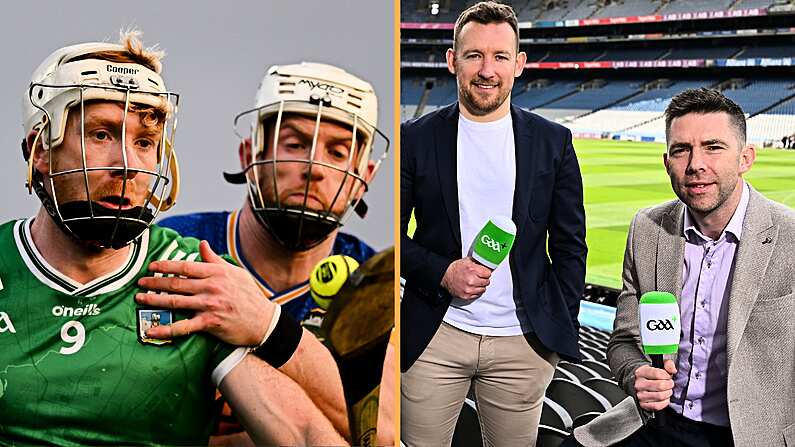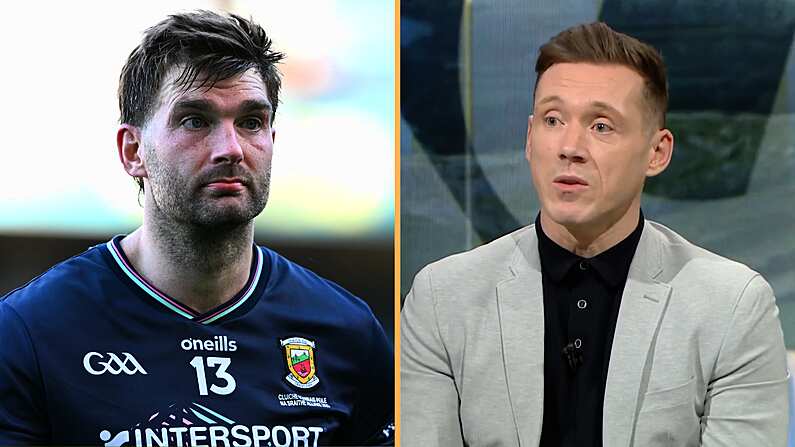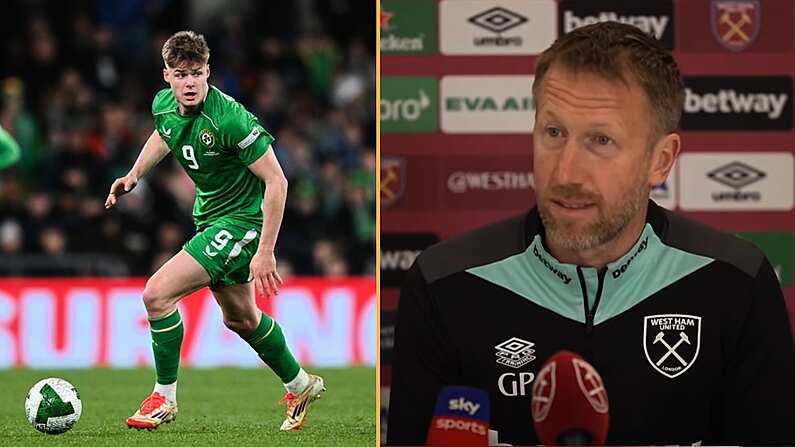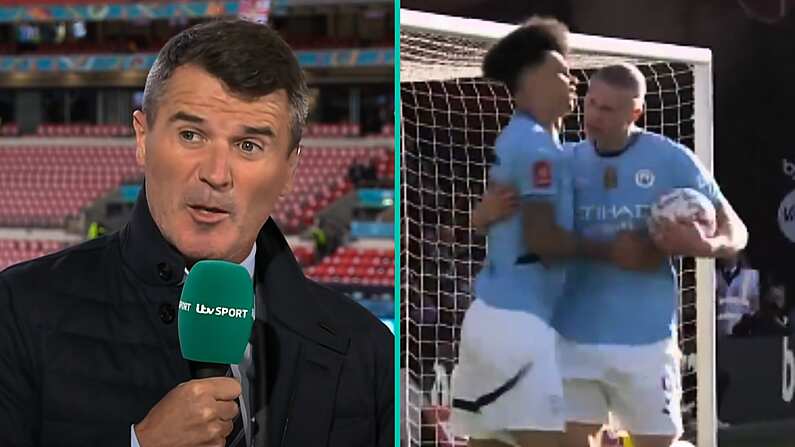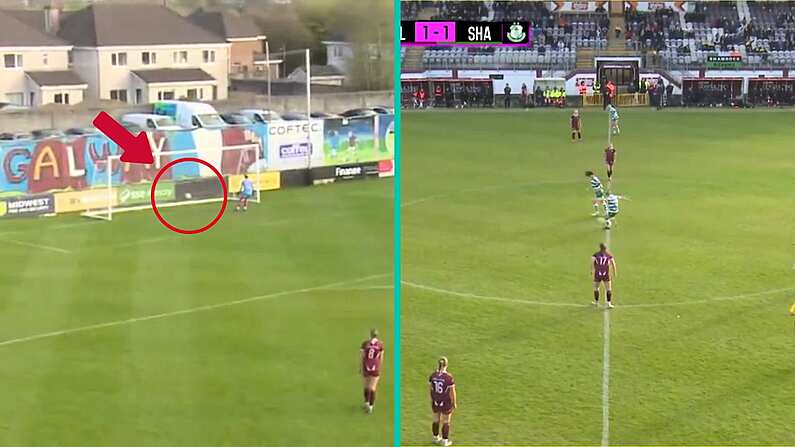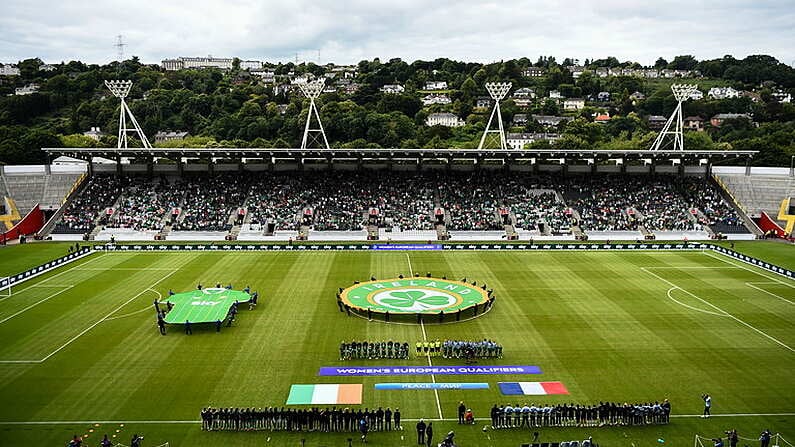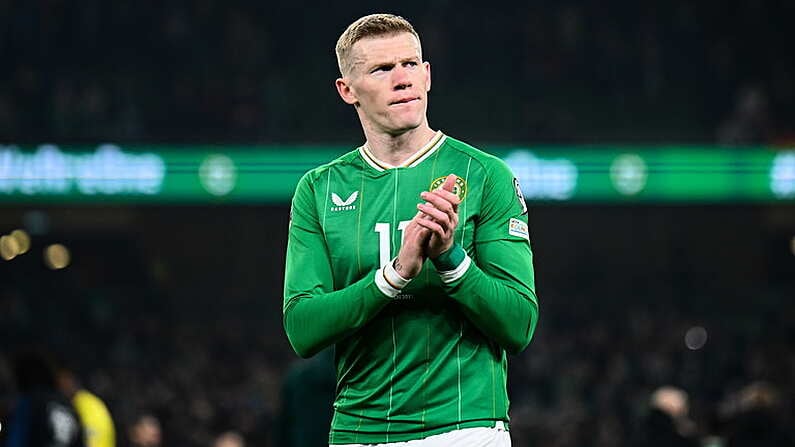On January 18th 2009, the first whispers started to circulate: an Ireland U21 international by the name of Seamus Coleman was set to make the leap to the Premier League and join Everton.
Toffees boss David Moyes acquired the Sligo Rovers right-back for just £60,000 and, years later, it remains one of the best value-for-money transfers in Premier League history.
With Tony Hibbert and Phil Neville entering the twilight of their respective careers, Everton were on the lookout for a prospect to take over from the ageing right-backs. Against competition from clubs such as Celtic, they managed to pull off a move for hotly anticipated youngster Coleman, just 20 years old at the time.
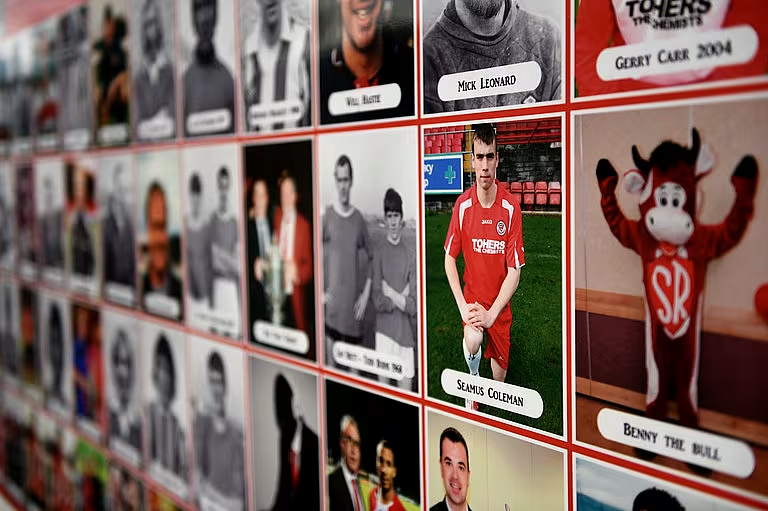
20 August 2018; A portrait of former Sligo Rovers player Seamus Coleman is seen at the Showgrounds prior to the SSE Airtricity Premier Division match between Sligo Rovers and Dundalk at the Showgrounds in Sligo. Photo by Stephen McCarthy/Sportsfile
It would take some time for Coleman to break into the first team at Everton, with sparing appearances leading to a loan spell with Blackpool in the 2009-10 season. It would prove to be a historic season for Blackpool, as they gained promotion to the Premier League - Coleman started their play-off final win against Cardiff City at Wembley.
Fast forward 12 months, and Blackpool were facing another season in the Championship, after instant relegation from the Premier League, but Coleman had already moved on to better things at Everton.
He would make himself a first-team regular during the 2010-11 season and was awarded the club's Young Player of the Season award come May. Not only that, but he was even nominated for the PFA Young Player of the Year award, in his first full season of Premier League football. Alongside such names as Gareth Bale, Joe Hart, and Nani, it was clear that Coleman had made his big break.
Thursday marks 15 years since the first reports of Coleman's move to Everton, and he has not looked back. His low-cost move to Everton remains one of the greatest in Premier League history in terms of value for money.
Seamus Coleman to Everton remains one of the great value-for-money transfers
An 18-year-old Seamus Coleman made his first senior appearance for Sligo Rovers just over 16 years ago, and his instant impact saw him become one of their most trusted players in the years after his debut.
By the end of the 2008 League of Ireland season, he had already made over 60 appearances for the club and was hotly contested among some of Britain's biggest clubs.

30 May 2008; Seamus Coleman, Sligo Rovers, in action against Killian Brennan, Bohemians. Bohemians v Sligo Rovers - eircom League of Ireland Premier Division, Dalymount Park, Dublin. Picture credit: David Maher / SPORTSFILE
It would ultimately be Everton and David Moyes who would take a chance on the youngster, and it remains inspired business. Even adjusting for inflation, the £60,000 fee paid to Sligo still amounts to just over £90,000 in 2023's money - phenomenal business for a man who has become the cornerstone of Everton's defence over the past decade and more.
The shoes of Phil Neville were big ones to fill as Everton's leader down the flanks, with the former Manchester United man captain of the club upon Coleman's arrival in 2009.
Neville's career ended at Everton, with the Englishman retiring at the end of the 2012-13 season - by which point Coleman was a regular starter and a crucial part of the team. David Moyes' doomed departure to Old Trafford had many fretting around Goodison Park in the summer of 2013, but it would prove to be the kick-start point for the best era of Coleman's career.
New manager Roberto Martinez rejuvenated Everton for the 2013-14 season and, for a spell, it looked as though Champions League football was on the cards for Coleman and co. Though they would come up short in their battle for the top four, they finished a comfortable 5th, losing only eight games all season and qualifying for the following season's Europa League.

Seamus Coleman in Europa League action for Everton during the 2014-15 season (Photo: Shutterstock)
Seamus Coleman was instrumental in that success, winning both the fans' and players' Player of the Year awards at Everton, as well as being named on the PFA Team of the Year. It was his most prolific goalscoring year, seeing him find the net seven times across the season, and Everton conceded only 39 goals all season in the Premier League.
At this stage, Coleman was undoubtedly one of the best right-backs in Europe and had finally become a regular in the Irish national team, after controversially being left out of Giovanni Trapattoni's EURO 2012 squad.
So good was Coleman's form at Everton that he was being touted as the potential replacement for Philip Lahm at Bayern Munich in 2017, and links to the likes of Manchester United tended to pop up regularly during the 2010s.
It was an extraordinary rise, and it is hard not to feel that Coleman has been underappreciated by football fans in recent years.
Perhaps it is the fact that he has played in a less successful era of international football for Ireland than the greats who came before him, such as Robbie Keane or Richard Dunne, but you cannot look past the Donegal man's accolades at club level. He remains the only Irish player to have made the PFA Team of the Year in the past decade and, despite a downturn in fortunes for Everton in recent years, has remained a steadfast, reliable, and crucial part of their game ever since breaking into the team in 2010-11.

22 June 2016; Seamus Coleman captains Ireland for the UEFA Euro 2016 Group E match against Italy at Stade Pierre-Mauroy in Lille, France. Photo by David Maher / Sportsfile
He has been captain of Everton for five years now, and he has led Ireland as captain since 2016. He was the skipper on that famous night in Lille which saw Ireland down Italy at EURO 2016, and has led Ireland through the trying times of late under Martin O'Neill, Mick McCarthy, and Stephen Kenny.
Even a horrific leg break in 2017, which saw him miss nearly a year of senior football, has not deterred the Killybegs native and he deserves to be recognised alongside the very best in Ireland's modern footballing history.
And it all stemmed from that remarkable transfer in 2009. At the time, a 20-year-old prospect arriving from Sligo may not have seemed like one of the most important transfers of recent times for Everton, but Coleman's influence and success at the club would have justified a transfer fee insurmountably larger than that which the Toffees paid for him in 2009.
Think of the best value for money transfers in Premier League history and adjust them for inflation. Eric Cantona to Manchester United for £2m remains the benchmark, and it is unlikely that will ever be beaten. There are other contenders, such as Leicester's £5.6m acquisition of N'Golo Kanté in 2015, and perhaps it is a step too far to put Coleman in the same league as these.
Still, £60,000 in 2009 for a player who has gone on to be the crux of the defence at one of England's biggest clubs for over a decade, and continues to motor on as captain for club and country? That is remarkable business, and the accolades scooped up along the way only make it more impressive.
"60 grand, 60 grand, Seamus Coleman..." continues to ring around Goodison Park whenever the Irishman plays, proof that their fans cannot believe how good a deal they got for one of their modern greats. With the Irishman back in the team after an injury layoff - and continuing to receive adulation from his teammates and coaches - his continued influence on Everton is palpable.
What a bargain.

